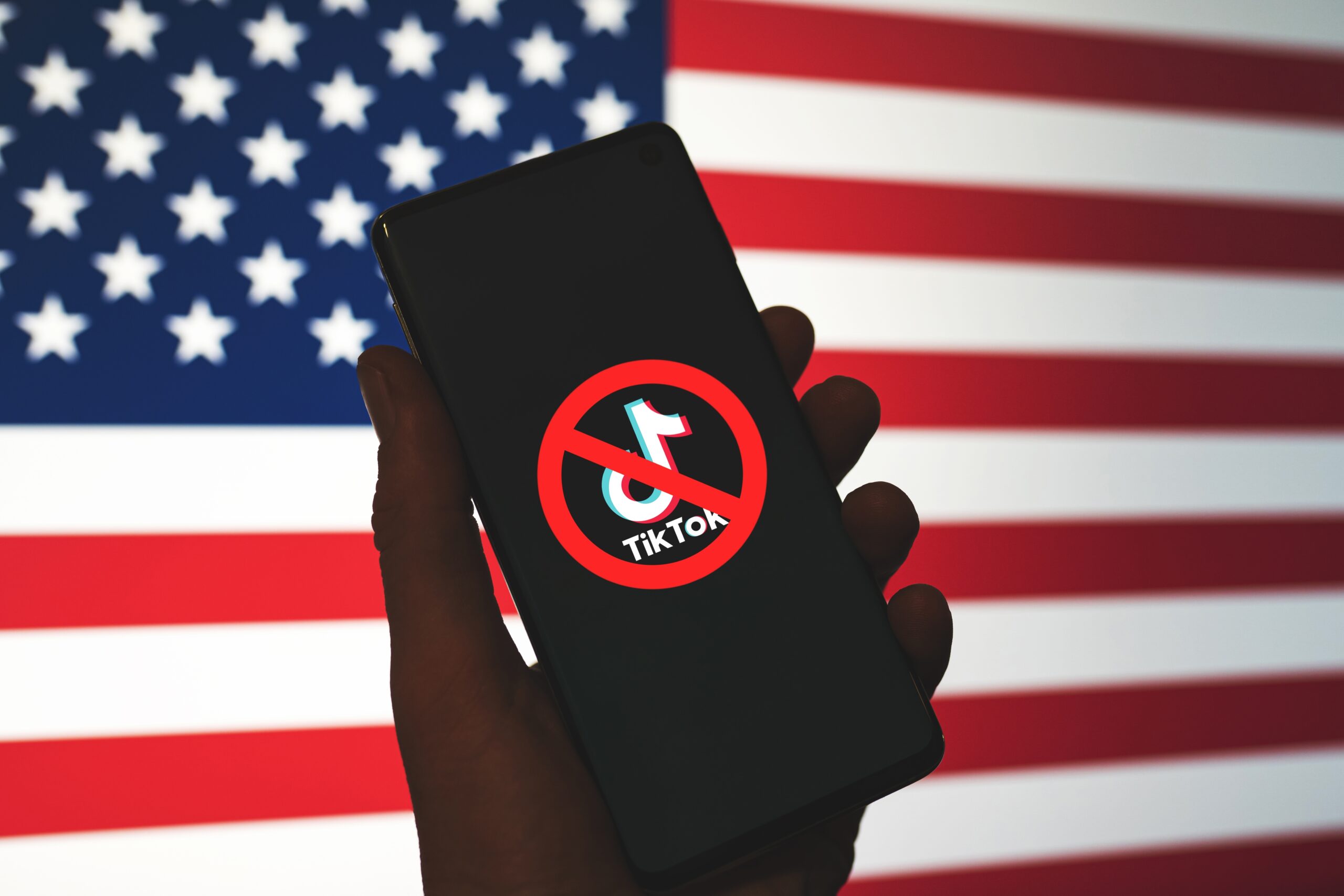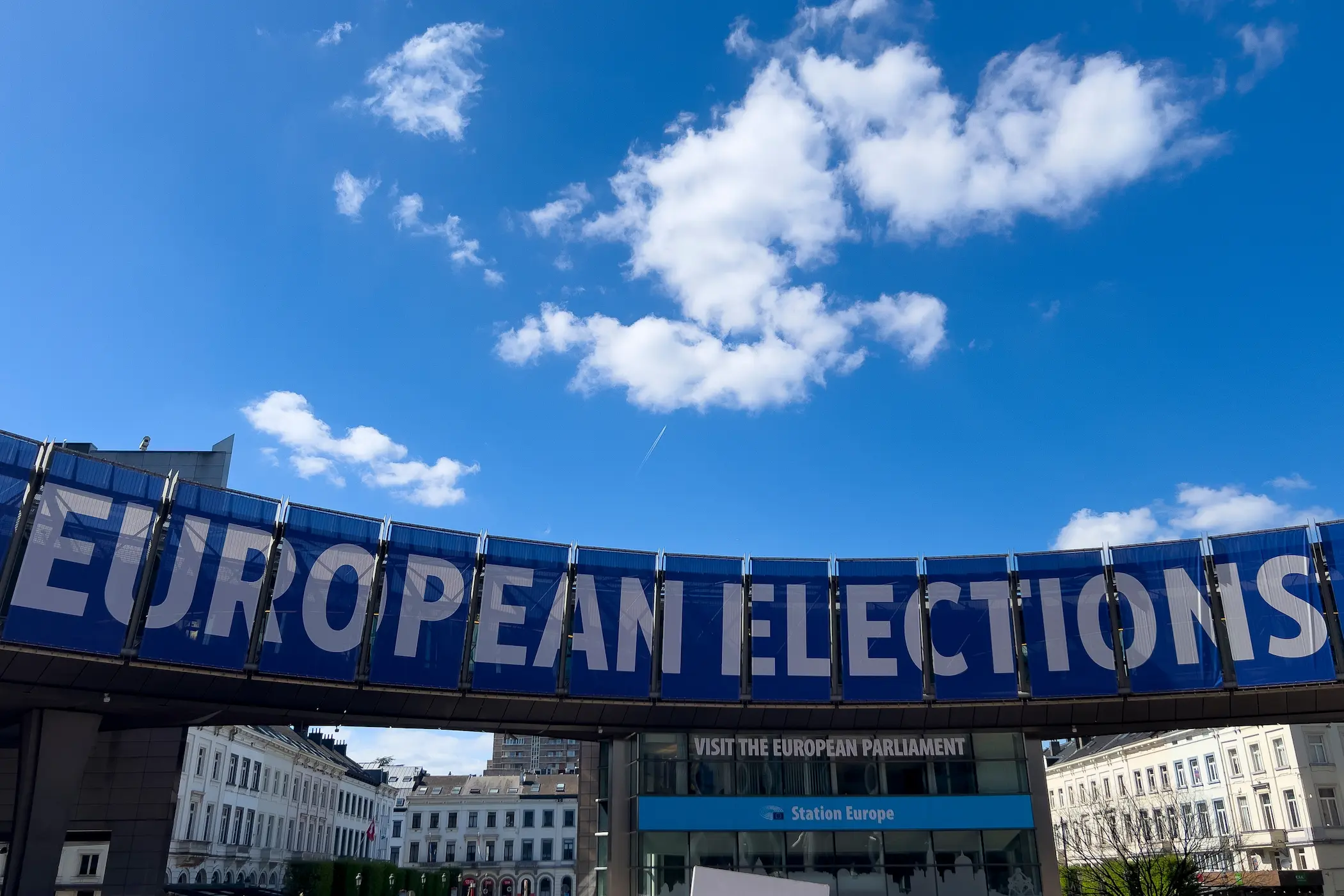It has been an extremely eventful month for the United States. In the span of just one month, we have seen a disastrous debate performance by President Joseph Biden, the attempted assassination of former President Donald Trump, a coup fomenting among Democrats against Biden, Biden contracting COVID-19, and finally, Biden dropping out only 107 days before Election Day and endorsing Vice President (VP) Kamala Harris as the Democratic Party candidate.
All accounts of Biden’s decision suggest that what finally convinced the 81-year-old was not pressure from fellow Democrats to drop out — despite Biden insisting he would stay in the race a day before his announcement — but rather polling conducted by his campaign in key battleground states, which essentially showed that he had no path to the Oval Office and would additionally have to spend significantly in Virginia and New Mexico, states that were considered safely Democratic.
This isn’t the first time an incumbent president has decided to bow out of a presidential election. In 1968, President Lyndon B. Johnson (LBJ) did the same, leading to an open Democratic Convention that, coupled with the anti-war movement, resulted in rioting in the streets of Chicago. Similarly, following Biden’s decision, the Democratic Party will be having an open convention in August at a time of high political polarisation. When LBJ announced he would not seek reelection, he gave the Democratic Party 219 days to assemble and organise; they failed to do so and lost the election. Biden has only given the Democratic Party and their chosen candidate — almost certainly VP Kamala Harris — 107 days to run a campaign against Donald Trump, whom Biden has consistently described as the greatest threat to American democracy in the country’s history.
Biden’s decision raises significant questions, the most significant being does Kamala Harris have enough time to mount a serious campaign in less than four months?
Does Kamala Harris Have a Chance?
If this election cycle has made one thing abundantly clear, it is that anything is possible, however mounting a successful presidential campaign in such a short amount of time could be testing the limits. Following Biden’s announcement and endorsement of Kamala Harris, her campaign and the Democratic Party were able to raise $81 million in 24 hours, beating Trump’s record of $50 million following his convictions. The $81 million raised will allow Harris to compete with Trump, and more importantly shows that the donors are excited about the prospect of Harris as a candidate with a poll finding that 81% of Democrat voters were enthusiastic about Harris, compared to the 37% who expressed the same for Mr. Biden, if this excitement can be translated into increased voter turnout that would make Harris’s path to the White House significantly easier.
Additionally, with Harris as the democratic candidate the issue of age that was levied so heavily against Biden, can now be aimed squarely at Trump, stripping him of one of his key weapons. Another benefit to Harris is that the Trump campaign’s strategy has always been about facing Biden, now with a new rival will his campaign be able to pivot and come up with a strategy that was as effective as the one used against Biden? Already, Harris is playing to her strengths and leveraging her history as a prosecutor to go after Trump who is a convicted felon, it is also her questioning of Trump appointees during her time in the Senate that propelled her into the public mainstream, Trump seems to be at the very least wary of this as he seems to be hesitant to debate Harris, which will only make her appear stronger.
Polls already have Harris positioned better than Biden, with national polls showing the gap between Harris and Trump at only two points compared to six points when Biden was the nominee, in key swing states as well the margin between Harris and Trump is closer than that of Biden. However, this could be due to a number of factors. Firstly, and most likely is a boost in popularity from extended news coverage following Harris’s announcement that she intends to run, secondly, Trump’s chosen running mate J.D. Vance has hit the ground face first and is already the least popular VP pick since at least 1980, he has also managed to alienate women with his comments regarding childless mothers.
Despite a strong string of positive developments, the possibility of a switch up is always possible, and four months in a presidential election can last a lifetime. There remain other factors that will likely be detrimental to Harris as the campaign goes on; her image as another west coast liberal elitist, a 2020 presidential campaign that went down in flames, her gaffes and inconsistent demeanor that have made it difficult for her to connect with people and could alienate voters that will be vital to her campaign, she has consistently had some of the worst approval ratings for VP in history, and her role as “border czar” will make her performance on immigration the key talking point of the Trump campaign given the importance of immigration to voters and Harris’s direct involvement in what is seen by many as failure on the matter.
Should Kamala Harris be elected, she would make history as not only the first woman to be elected president but also the first African American woman and Asian American woman to be president. An important question arises: is the United States ready and willing to elect a president who is not only a woman, but also a person of color? The answer to this question is beyond the control of Kamala Harris, but it does make one choice of paramount importance: who will be her VP?
Who Will Be Vice President?
Who Kamala Harris picks as her VP will be her most important decision, and could very likely decide the election. The criteria for her VP pick will be everything that Kamala Harris is not; white, male, moderate, and preferably from a key swing state. This leaves us with a few possible candidates, the most likely of which are listed below in order of possibility:
Senator Mark Kelly
A Gulf War veteran and former NASA astronaut, Senator Mark Kelly is the junior senator from Arizona, he was elected in a special election to fill the seat previously held by Senator John McCain following his death, this made him the first Democrat to be elected to that seat since 1962 and won reelection two years later. Senator Kelly leans more toward the centre than to the left, he is also the husband of former Congresswoman Gabby Giffords, who was nearly killed in an assassination attempt in 2011.
Senator Kelly has the ideal combination of traits that would bolster Harris’s campaign, he is a Gulf War veteran who saw combat, a counter to Trump VP pick J.D. Vance, who is a veteran but did not see combat, Senator Kelly was also an astronaut on top of that, his political position as more of a moderate than a leftist can attract undecided voters to Harris, he can speak directly to the type of violence Trump inspires following his wife’s shooting in 2011, as a border senator Mark Kelly can bolster Harris’s poor record on immigration which could negate what will be a major talking point, and as Arizona’s Senator he would be able to help Harris in a state where she trails Trump by 5 points, which may also help in other swing states as well.
However, Senator Kelly is 60-years-old, should both he and Harris serve two terms, he would be 68 years old at least, and with age being a significant issue in this year’s presidential election it is difficult to see if Mark Kelly would make an attractive presidential candidate should he decide to run with the experience he gains as VP.
Governor Tim Walz
The Governor of Minnesota and a former senator, Tim Walz represented Minnesota’s 1st Congressional District from 2007 to 2019, where he was reelected five times. Minnesota’s 1st Congressional District is a primarily rural area with agriculture as its backbone, Walz was one of the few Democrats serving in Congress that were elected from a rural and not urban area, which could make him attractive to a portion of undecided voters, and a large portion of moderate Republicans.
Before running for Congress in 2006, he served for 24 years in the Army National Guard, making him a veteran which is always an attractive trait for a candidate, although he did not see active combat. Alongside his time in the National Guard Governor Walz was a teacher in North Dakota. He retired from congress following his victory in Minnesota’s 2018 gubernatorial election, and easily won reelection in 2022.
The reasons to pick Governor Walz’s a running mate are clear, however, age is an issue as both he and Senator Kelly are the same age, Harris is currently ahead of Trump in Minnesota, and Biden carried the state with a 7-point difference, as VP he would provide larger support for Harris in Minnesota but that might not be required, and her focus should be on key swing states.
Governor Andy Beshear
Another governor and moderate Democrat, Andy Beshear is the Governor of Kentucky, a deep red state, and the United States second most popular governor with an approval rating of 67%. Serving since 2019 when he first won the gubernatorial election, he won reelection in 2023, and previously served as Kentucky’s state attorney general.
As the governor of a red state Beshear has a track record of being able to work with Republicans and can also appeal to undecided voters. He currently lacks the national recognition of other candidates, his ability to influence the vote in Kentucky would be minimal, despite his popularity this is still a state that Trump won with a nearly 30-point difference, what Governor Beshear has working for him is his age, at 46 the democratic party should be able to build him up as a future presidential candidate assuming he serves two terms as VP, he would be at least 54 years old by the time his term ends.
Doing What Needs to be Done
In order for Kamala Harris to win an election that may determine the future of American democracy, she will need to capitalise on every opportunity she gets and not repeat the mistakes that plagued her 2020 presidential campaign. Her campaign has started out perfectly as the Trump campaign has stumbled, and the gap in the polls that the Trump campaign had built up against Biden has been significantly reduced or wiped out altogether, this momentum needs to continue, and can be sustained easily for the remaining 100 or so days before Election Day.
To keep momentum, Harris will need to make a strong VP pick, thankfully she has options that not only fall into that category and can counterbalance her and appeal to the voters who might be reluctant to vote for another “west coast liberal elitist ”.
References
Helmore, Edward. 2024. “Kamala Harris Erases Donald Trump’s Poll Lead in One Week.” The Telegraph, July 27, 2024. https://www.telegraph.co.uk/us/politics/2024/07/27/us-election-kamala-harris-erases-donald-trumps-poll-lead/
King, Jordan. 2024. “JD Vance Is the Least Liked VP Nominee in Decades, According to Polls.” Newsweek, July 24, 2024. https://www.newsweek.com/jd-vance-least-liked-vp-nominee-decades-polls-1929470
Martin, Jonathan, Astead W. Herndon, and Alexander Burns. 2019. “How Kamala Harris’s Campaign Unraveled.” The New York Times, November 29, 2019. https://www.nytimes.com/2019/11/29/us/politics/kamala-harris-2020.html
Peoples, Steve. 2024. “Election 2024: Harris Smashes Fundraising Record, Raises $81 Million in 24 Hours | AP News.” AP News. July 22, 2024. https://apnews.com/article/kamala-harris-fundraising-democrat-president-biden-trump-434a55ea1eb29e5da92cc9b1f9cb401f
Stokols, Eli, Jonathan Lemire, Elena Schneider, and Sarah Ferris. 2024. “Why Biden Finally Quit.” Politico, July 21, 2024. https://www.politico.com/news/2024/07/21/why-biden-dropped-out-00170106
Yokley, Eli, and Cameron Easley. 2024. “Tracking the Approval Ratings of All 50 U.S. Governors.” Morning Consult Pro, July 24, 2024. https://pro.morningconsult.com/trackers/governor-approval-ratings
















Comments